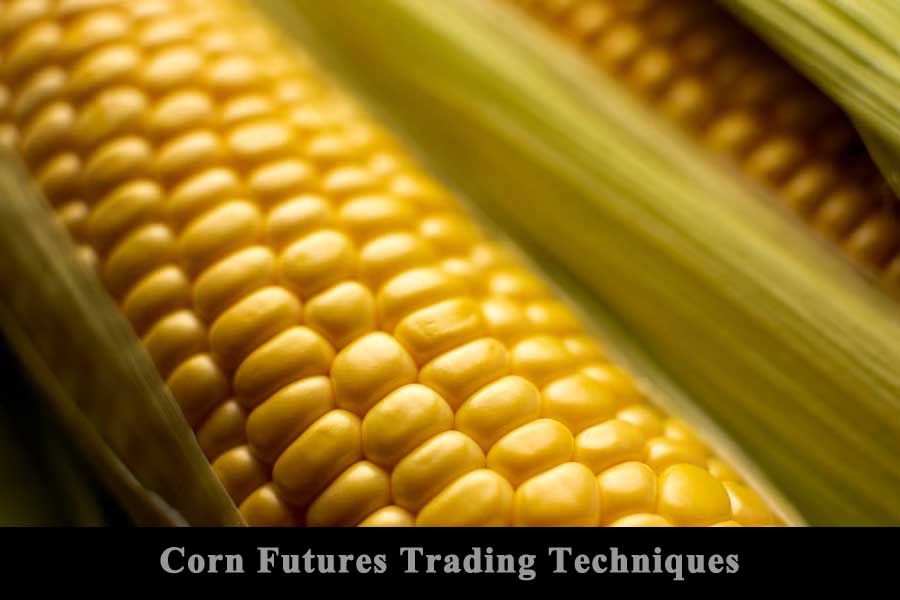Corn Futures Trading Techniques
Posted By:- Ilan Levy-Mayer Vice President, Cannon Trading Futures Blog

Find out more about corn futures here.
Corn futures are contracts traded on commodities exchanges, which allow investors to speculate on the price movements of corn at a future date. Trading corn futures can be a lucrative investment opportunity for those who have a good understanding of the market and employ the right trading techniques. Here are some techniques that traders can use to trade corn futures:
- Fundamental Analysis: Fundamental analysis is the study of economic and financial factors that can impact the price of corn futures. Traders who use this technique typically examine factors such as supply and demand, weather patterns, and government policies that affect the production and distribution of corn. By analyzing these factors, traders can make informed decisions about whether to buy or sell corn futures.
- Technical Analysis: Technical analysis involves the use of charts and other technical indicators to analyze the historical price movements of corn futures. Traders who use this technique study trends, patterns, and support and resistance levels to identify potential trading opportunities. Technical analysis can be used in conjunction with fundamental analysis to improve the accuracy of trading decisions.
- Seasonal Patterns: Corn production and demand is seasonal, with specific periods of planting, harvesting, and storage. Understanding the seasonal patterns in corn can help traders predict price movements and identify potential trading opportunities. For example, traders might buy corn futures in anticipation of a fall harvest when prices are typically low and sell them in the spring when prices are higher.
- Options Trading: Options trading involves the use of derivative contracts that give traders the right to buy or sell corn futures at a specific price on or before a particular date. Options trading can be an effective way to limit risk and increase profits, as traders can use options contracts to hedge against potential losses or to take advantage of market fluctuations.
- Spread Trading: Spread trading involves the simultaneous purchase and sale of two or more corn futures contracts. The goal of spread trading is to profit from the price difference between the contracts. For example, a trader might buy a corn futures contract for May delivery and sell a contract for December delivery, anticipating that the price difference between the two contracts will increase.
- Scalping Scalping: Scalping Scalping is a short-term trading technique that involves buying and selling corn futures contracts quickly to profit from small price movements. Scalping requires a great deal of skill and experience, as well as quick reflexes and the ability to make split-second decisions.
- Position Trading: Position trading is a longer-term trading strategy that involves buying and holding corn futures contracts for weeks or even months. Position traders typically use fundamental analysis to identify trends and make informed decisions about when to enter and exit positions.
- News Trading: News trading involves using news events and economic data releases to predict price movements in corn futures. Traders who use this technique monitor news sources and economic calendars to stay abreast of events that could impact the price of corn futures.
- Algorithmic Trading: Algorithmic trading involves using computer programs and algorithms to execute trades based on pre-defined rules and parameters. Algorithmic trading can be used to automate trading strategies such as scalping or position trading, as well as to analyze large amounts of data and identify potential trading opportunities.
In conclusion, trading corn futures requires a combination of technical and fundamental analysis, as well as an understanding of seasonal patterns and market dynamics. Traders can use a variety of techniques, including options trading, spread trading, scalping, position trading, news trading, and algorithmic trading, to profit from the price movements of corn futures. Successful trading requires discipline, risk management, and a commitment to continuous learning and improvement.
Ready to start trading futures? Call 1(800)454-9572 and speak to one of our experienced, Series-3 licensed futures brokers and start your futures trading journey at CannonTrading.com today.
Disclaimer – Trading Futures, Options on Futures, and retail off-exchange foreign currency transactions involves substantial risk of loss and is not suitable for all investors. Past performance is not indicative of future results. You should carefully consider whether trading is suitable for you in light of your circumstances, knowledge, and financial resources. You may lose all or more of your initial investment. Opinions, market data, and recommendations are subject to change at any time.









